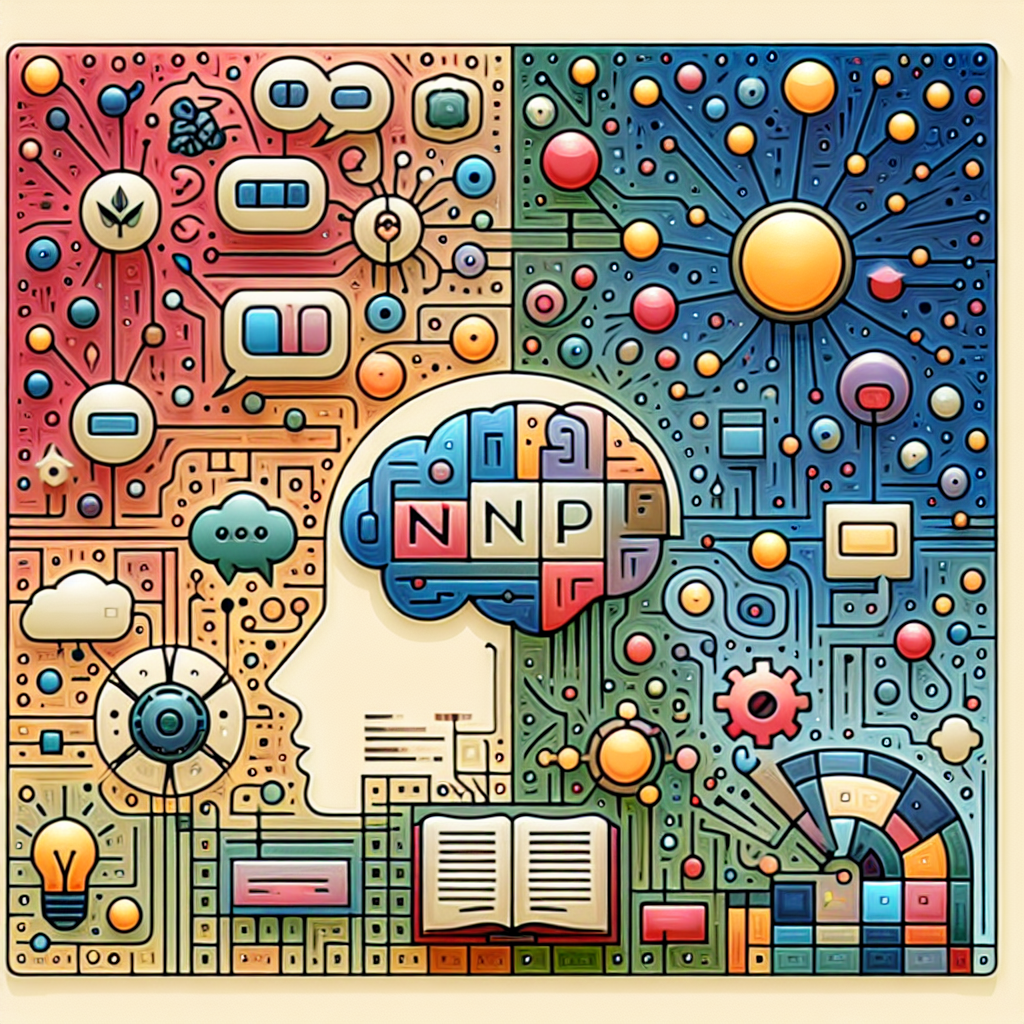Natural Language Processing (NLP) is a growing field in the world of technology that focuses on the interaction between computers and human language. It involves the development of algorithms and models that allow computers to understand, interpret, and generate human language in a way that is both meaningful and useful.
For beginners interested in delving into the world of NLP, it can seem like a daunting task. However, with the right resources and guidance, anyone can start learning the basics and eventually become proficient in this exciting field.
One of the first steps in learning NLP is to understand the basic concepts and terminology. Some key terms to familiarize yourself with include:
1. Tokenization: The process of breaking text into smaller units, such as words or sentences.
2. Part-of-speech tagging: Identifying the grammatical parts of speech for each word in a sentence.
3. Named entity recognition: Identifying and categorizing named entities in a text, such as people, organizations, and locations.
4. Sentiment analysis: Determining the sentiment or emotion expressed in a piece of text, such as positive, negative, or neutral.
Once you have a basic understanding of these concepts, you can start experimenting with NLP tools and libraries. One popular library for NLP is Natural Language Toolkit (NLTK), which provides a wide range of tools and resources for text processing and analysis.
Another important aspect of learning NLP is to understand the different types of models and algorithms used in the field. Some common techniques include:
1. Bag of words: A simple model that represents text as a collection of words, ignoring grammar and word order.
2. Word embeddings: Representing words as numerical vectors in a high-dimensional space, capturing semantic relationships between words.
3. Recurrent neural networks: A type of neural network that can process sequences of data, such as sentences or paragraphs.
4. Transformer models: A more recent development in NLP that uses attention mechanisms to process input data more efficiently.
To practice your NLP skills, you can work on small projects and tasks, such as sentiment analysis on social media data, text classification for news articles, or named entity recognition in a set of documents. These projects will help you apply your knowledge and gain hands-on experience in the field.
As you continue to learn and explore NLP, don’t be afraid to ask questions, seek help from online communities and forums, and collaborate with others who share your interest in the field. With time and dedication, you can become proficient in NLP and start applying your skills to real-world problems and applications.
In conclusion, NLP is a fascinating and rapidly evolving field that offers a wide range of opportunities for those interested in language processing and artificial intelligence. By following this beginner’s guide and taking the time to learn and practice, you can develop the skills and knowledge needed to succeed in the exciting world of NLP.
#Beginners #Guide #Natural #Language #Processing #NLP #Gan,gan)
to natural language processing (nlp) pdf


Leave a Reply